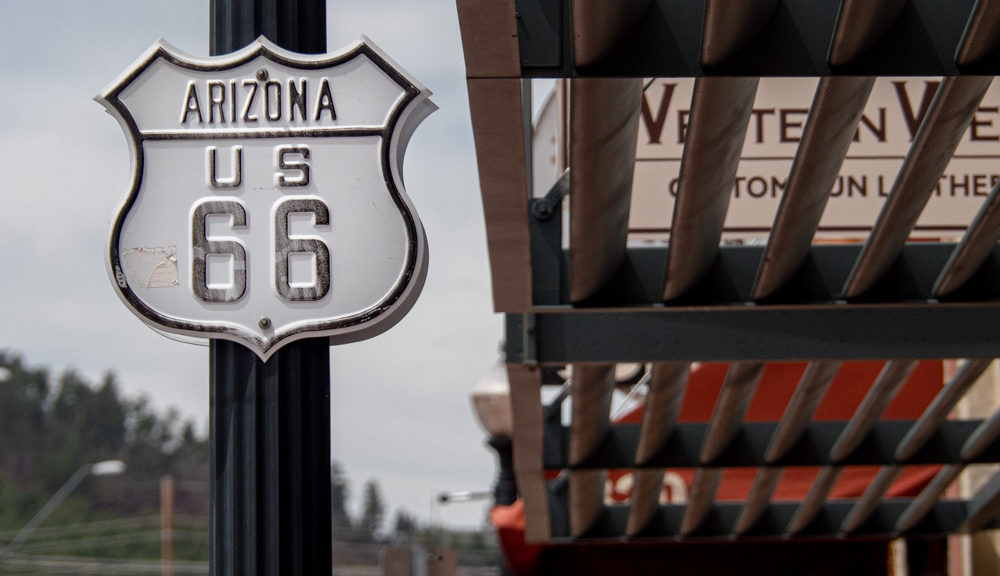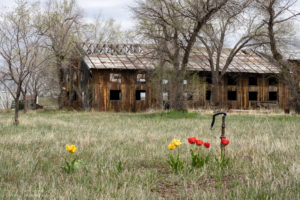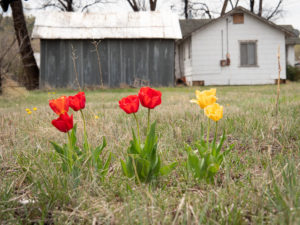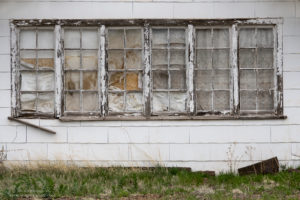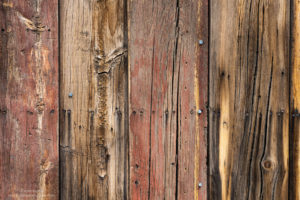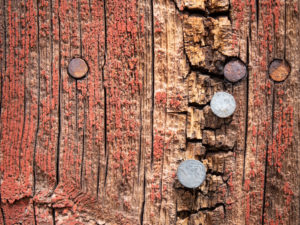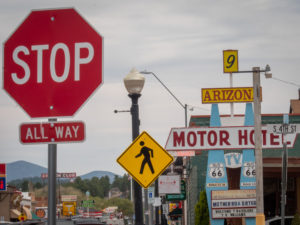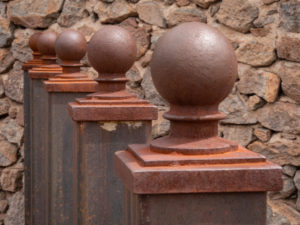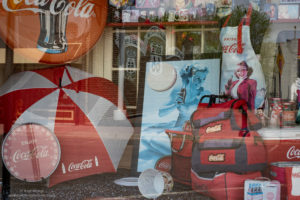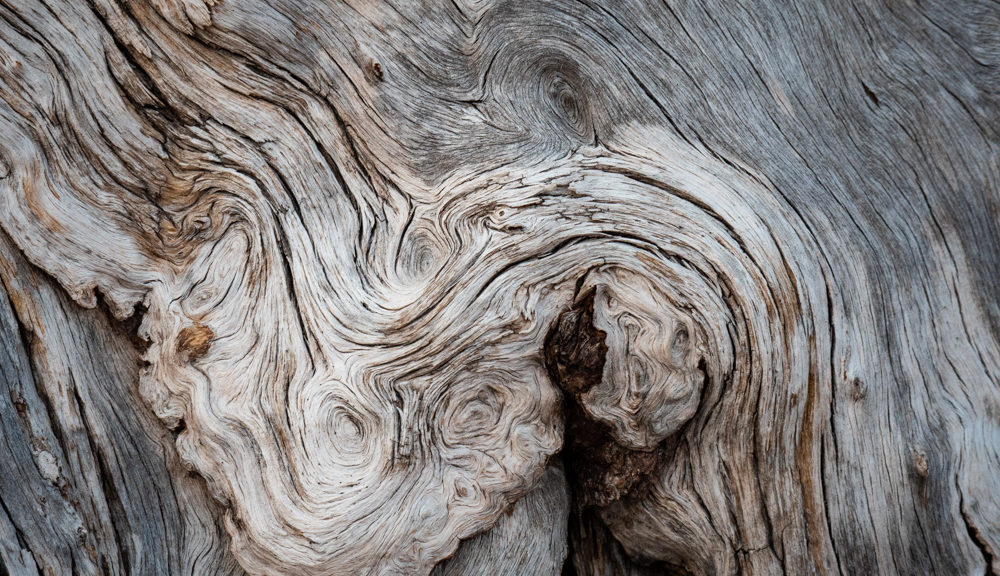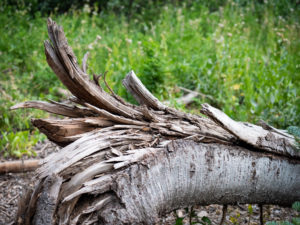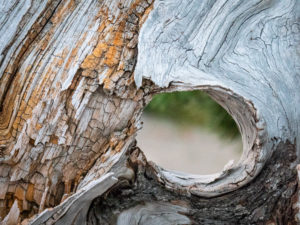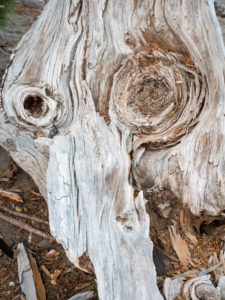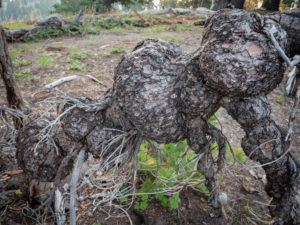Arizona Highways PhotoScapes ran a photo workshop in Oregon in August of 2018 with photographer Shane McDermott who I have had the good fortune of working with in the past. We had seven participants sign up for this adventure which made me the only volunteer. It worked out fine as a couple of the folks drove themselves so there was plenty of room in the 15 passenger van.
It was a five-day workshop that ran from Saturday to Wednesday. We flew in and out of Bend, OR which is also where the workshop began photographing Smith Rock State Park and surrounding area for the weekend.
On Monday we headed to Crater Lake. The challenge in August of 2018 was the haze of raging wildfires in Northern California whose smoke was pouring across the border and causing less than clear skies in both Bend and Crater Lake.
Bend is a city with a population a little larger than my hometown of Flagstaff. Flag is around 75,000 and Bend around 100,000. The big difference? The Deschutes River runs right through the center of town in Bend.
Now for the workshop, and how it unfolded. Getting to Bend was an adventure in itself. I flew out of Phoenix and had a 6:30 pm departure time. However, there were big dust storms in the area so the plane didn’t take off until 11:00. I made it to my hotel in Bend by 2:00 am! The next morning I met Shane in the lobby and we headed to Crater Lake to scout. I’m glad we went on Friday because the air was pretty clear. All the smoke was setting off on the horizon much like the marine layer sits offshore, waiting to pounce.
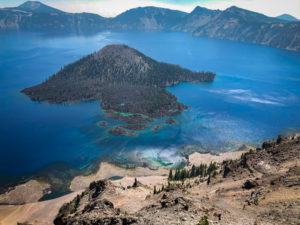
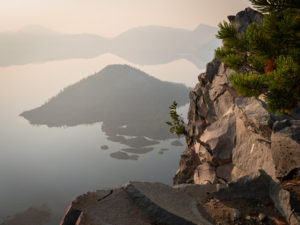
Here’s the difference a day or two makes. And sometimes the difference just a few hours makes!
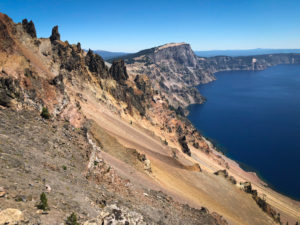
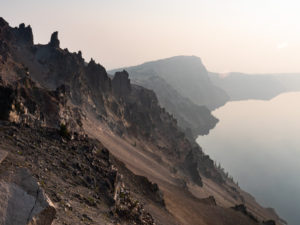
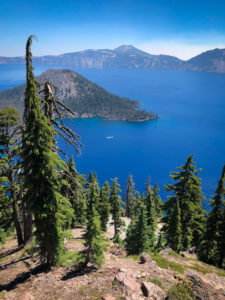
There is not always time on a workshop to scout with the photographer the day before. In this case, I was super glad it worked out in order to enjoy the blue of the lake and skies. Shooting this scene is a little bit like photographing Grand Canyon though. The pictures can not capture the scope and size of this magnificent lake.
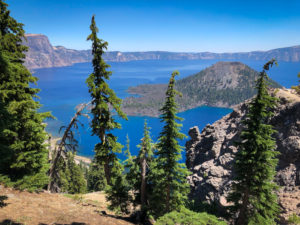
The next day we met our participants, had breakfast, engaged in a presentation from Shane, loaded lunch into a cooler, and headed out to Smith Rock State Park around 10 am. 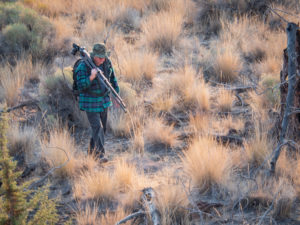
We wandered around and learned about lighting. Shooting mid-day is not ideal so we had a picnic lunch before heading back to the hotel. Sunday morning we came back here and photographed in beautiful light all morning.
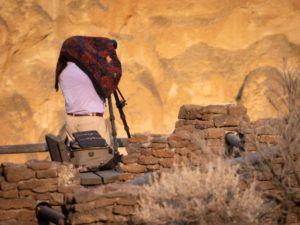
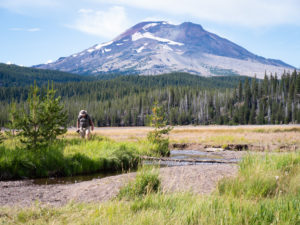
Saturday’s afternoon/evening shoot was at Sparks Lake. We had picked up a rotisserie chicken for dinner in the field. Doing that gave us a lot of time to photograph and less time sitting in a restaurant waiting for food. 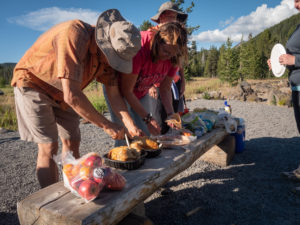
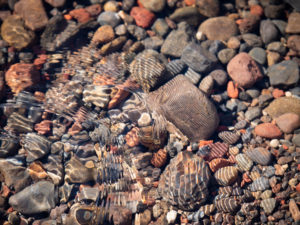
Sunday morning, after our morning shoot at Smith Rock State Park, we headed to downtown Bend for lunch and photographing along the river. The smoke was settling in so we didn’t spend much time there and headed to Tumalo Falls for about three hours where we had another picnic dinner.
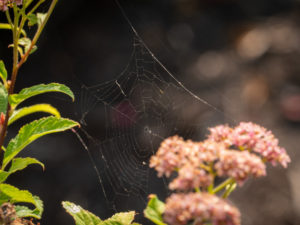
Smoky conditions kind of forces one to look at details in order to have images without a lot of haze.
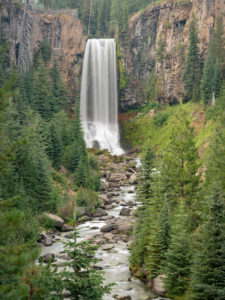
You can see the haze in the distant shots. I was able to have plenty of time to practice long exposures for those silky water shots.
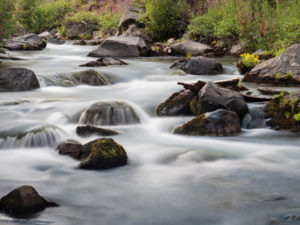
We went back to Bend for one more night at the hotel before heading to Crater Lake lodge Monday morning after another spectacular morning shooting at Smith Rock State Park. It’s so nice to hit a spot several times, especially after having image critiques during the day and getting different ideas from the talented photographers that attend our trips. That is one of my favorite things about these workshops; seeing the same place through so many different lenses. It’s really pretty cool.
So now it’s Monday mid-day and we are having a picnic at Crater Lake. As the afternoon sets in so does the smoke and the lake pretty much disappears. Shane takes us to an amazing spot that is listed as a wildflower walk. It was beautiful and easier to shoot close-ups to avoid smoke haze.
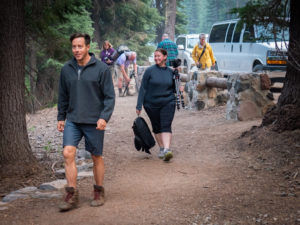 Heading off on the little wildflower hike with our fearless leader.
Heading off on the little wildflower hike with our fearless leader.
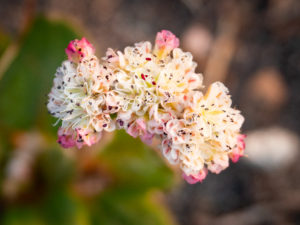
August was a great time to catch wildflowers in bloom.
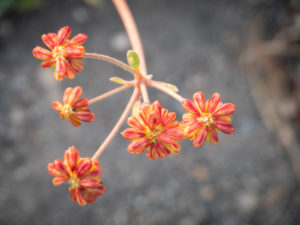
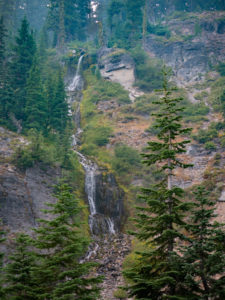
Vidae Falls is a long meandering waterfall. This is the bottom of the falls. That large rock is about the size of both my fists. It’s not quite as spectacular as Tumalo Falls but good practice nonetheless.
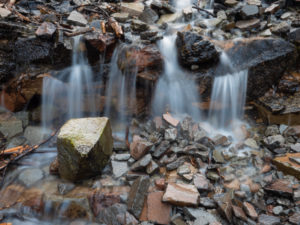
Tuesday morning we spent driving the rim and photographing the lake.
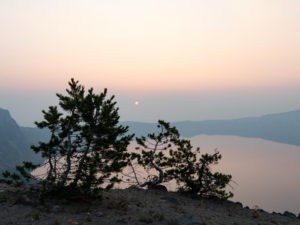
The smoke added an eery feeling to the sunrise. You know it’s thick when you can look right at the sun and not even squint.
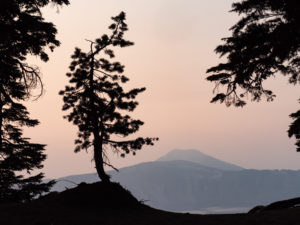
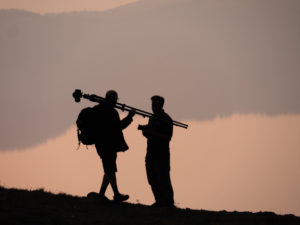 I got some great silhouettes as our photographers attempted to capture images of the lake.
I got some great silhouettes as our photographers attempted to capture images of the lake.
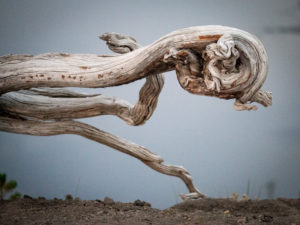
I grew tired of the expanse of lake covered in smoke so I turned my attention to other things. The trees in the area were amazing. They reminded me of alien tentacles. The one below looks like it’s going out for a run!
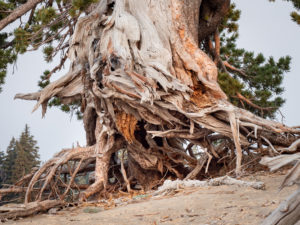
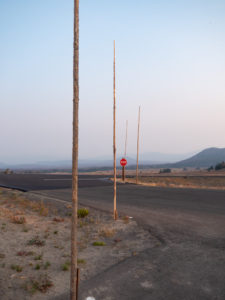 We kept driving by these poles all over the park. Apparently, they are snow poles so you can see where the road is when it snows! Imagine that much snow!! Hence why the park closes for winter.
We kept driving by these poles all over the park. Apparently, they are snow poles so you can see where the road is when it snows! Imagine that much snow!! Hence why the park closes for winter.
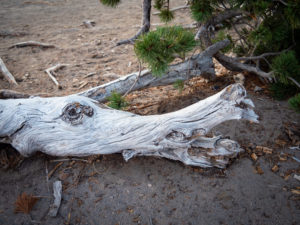 Faces were everywhere.
Faces were everywhere.
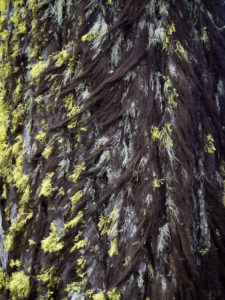 This tree looked like it was growing a fur coat for winter. One side had dark hairy looking moss and the other side bright green.
This tree looked like it was growing a fur coat for winter. One side had dark hairy looking moss and the other side bright green.
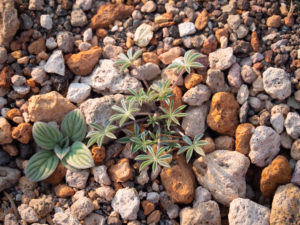 In this area of the park orange and white pumice were everywhere. It’s always interesting to me to see where plants take root.
In this area of the park orange and white pumice were everywhere. It’s always interesting to me to see where plants take root.
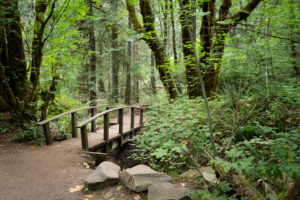
Tuesday afternoon/evening we headed out of the park and out into the forest to try to get below the smoke. Crater Lake National Park is at 7,100 feet above sea level. So we headed out and down in search of Toketee Falls, about an hour away. Toketee is a Chinook word meaning Graceful. The irony in this choice of names is that the falls were named long before the hydroelectric system was in place, and the full volume of water of the North Umpqua River was allowed to flow over the falls in a much less graceful and much more explosive manner.
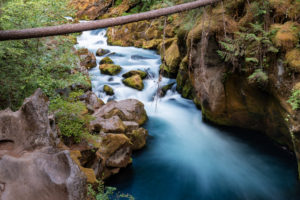
Toketee Falls is one of the most famous waterfalls in all of Oregon, renowned far and wide for the graceful columnar basalt formation framing the two-stepped falls. The North Umpqua River has carved a sinuous gorge out of the lava flow, resulting in a waterfall of 113 feet in height, a 28-foot upper tier which plunges into a pool flanked by a deep alcove, followed by an 85-foot plunge into a large pool. At the trailhead, the wooden 12-foot diameter Toketee Pipeline is passed, which diverts much of the volume of the North Umpqua River to a powerhouse downstream. This artificial taming of the river allows the waterfall to flow in an extremely consistent manner all year long.
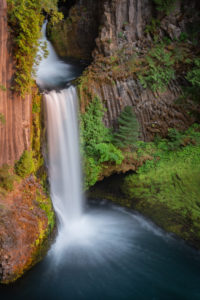
The trail up to this waterfall was strenuous in its steps but a very well maintained trail and easy to maneuver on and set up tripods. The waterfall at the end was worth the hike and for those who didn’t make it, there were plenty of moving water opportunities along the way.
Wednesday morning found us packed and ready to head back to Bend and say goodbye. We hit Watchman overlook on the way out of the park and were on the road by 10:30 am. It was a spectacular workshop led by Shane who did an amazing job of providing excellent shooting opportunities under less than perfect conditions. Such is the life of a photographer. We are always waiting for light or weather conditions to cooperate, aren’t we?
Look for this one if it ever comes up again with Arizona Highways PhotoScapes. You won’t be sorry you went.
Happy Shooting!!
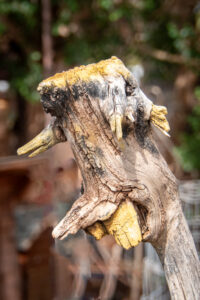 This guy has quite the hair-do and needs to see a dentist.
This guy has quite the hair-do and needs to see a dentist.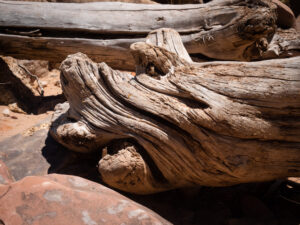 Most of what I find are profiles. This one, facing left, has the complete package…an eye, mouth, nose, AND horn on top of its head.
Most of what I find are profiles. This one, facing left, has the complete package…an eye, mouth, nose, AND horn on top of its head.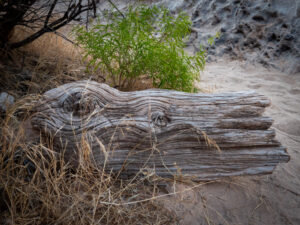 This one is a little more vague, peeking out of the grasses. But I DO see an eye, nose hole, and mouth line.
This one is a little more vague, peeking out of the grasses. But I DO see an eye, nose hole, and mouth line.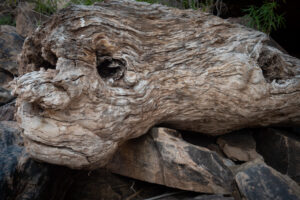 This may be the best one I’ve ever seen. It’s not a profile, it actually has TWO eyes, a nose, and a mouth. In hindsight, I wish I had taken another view of it to show how important the angle is for this one.
This may be the best one I’ve ever seen. It’s not a profile, it actually has TWO eyes, a nose, and a mouth. In hindsight, I wish I had taken another view of it to show how important the angle is for this one.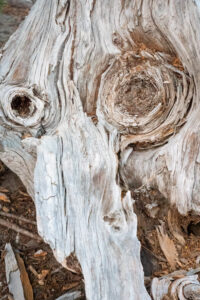 This is another rare, two-eyed face. Unfortunately, it got into a fight and seems to have a black eye behind its long nose.
This is another rare, two-eyed face. Unfortunately, it got into a fight and seems to have a black eye behind its long nose.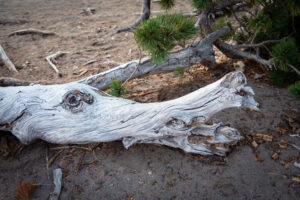 Now that I’ve got you “seeing” what I see…here is a pretty clear one.
Now that I’ve got you “seeing” what I see…here is a pretty clear one.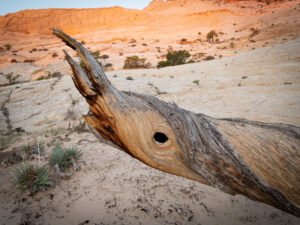
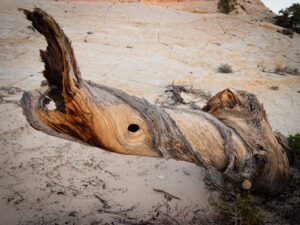
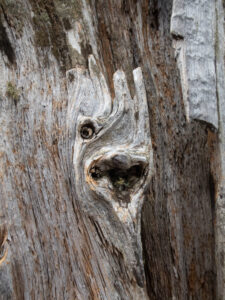 This one is literally screaming and looking at me as it comes out of the wood.
This one is literally screaming and looking at me as it comes out of the wood.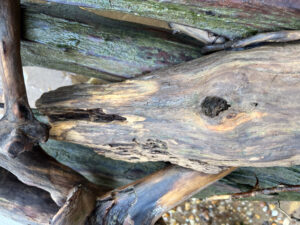
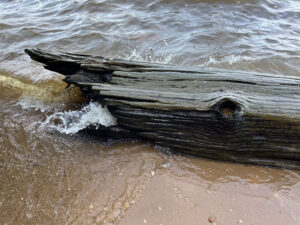
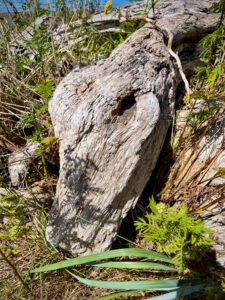 This one reminds me of the head of a dinosaur.
This one reminds me of the head of a dinosaur.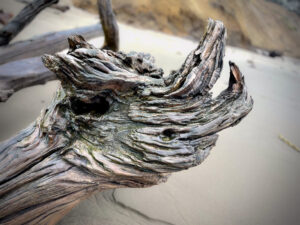 Again the complete package of eye, nose hole, horns, and mouth.
Again the complete package of eye, nose hole, horns, and mouth.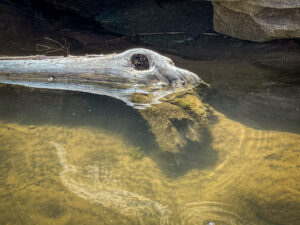 Skeleton ostrich head?
Skeleton ostrich head?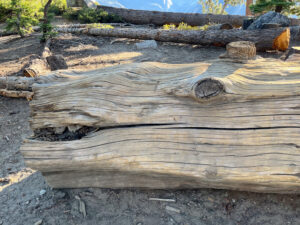 Eye, mouth, little horn on top.
Eye, mouth, little horn on top.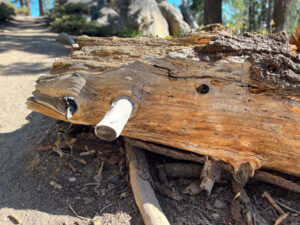 Some horns come out the side.
Some horns come out the side. Face? or…giant clothespin.
Face? or…giant clothespin.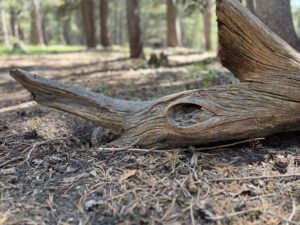 Some definitely require more imagination…lol.
Some definitely require more imagination…lol.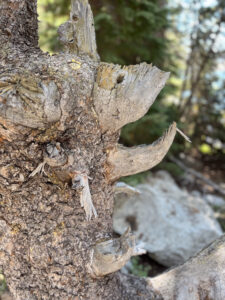 Eye, mouth, and…an ARM?? Crawling out of the tree!
Eye, mouth, and…an ARM?? Crawling out of the tree!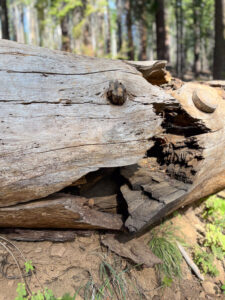 This one, at a different angle, looks like two fighting with their mouths.
This one, at a different angle, looks like two fighting with their mouths.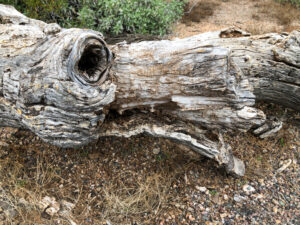 Such big eyes you have.
Such big eyes you have.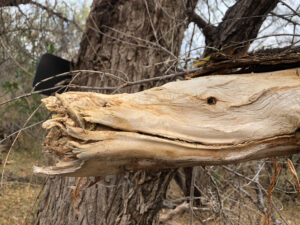 A sleek one with a mushed-up mouth.
A sleek one with a mushed-up mouth.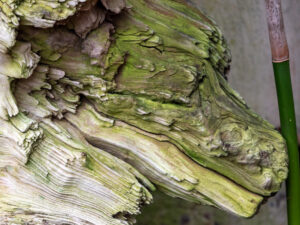 Sleeping Beauty.
Sleeping Beauty.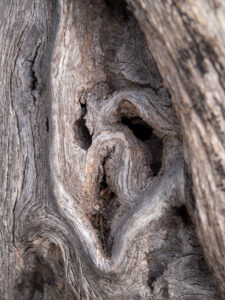 October is just around the corner and with that…Halloween!
October is just around the corner and with that…Halloween!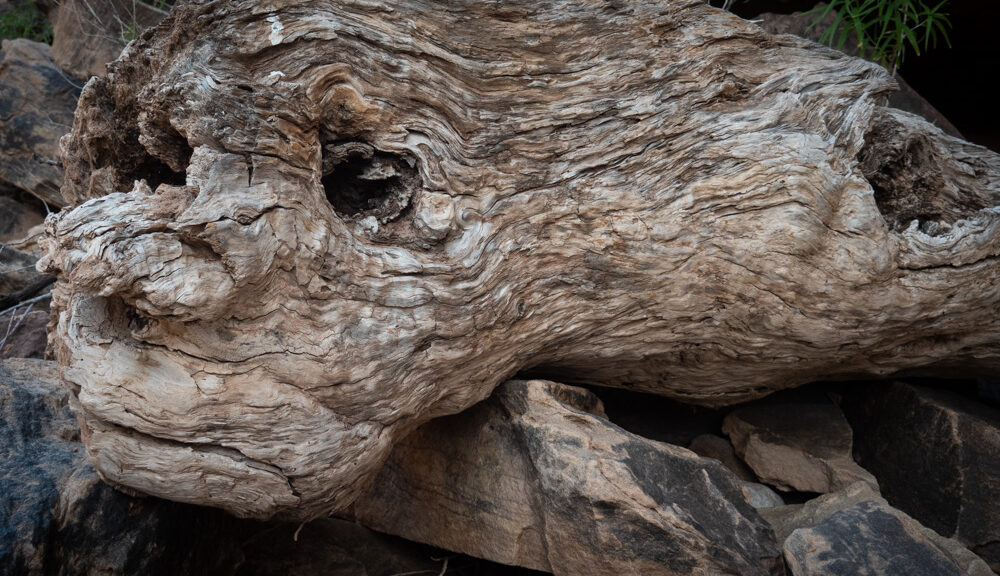
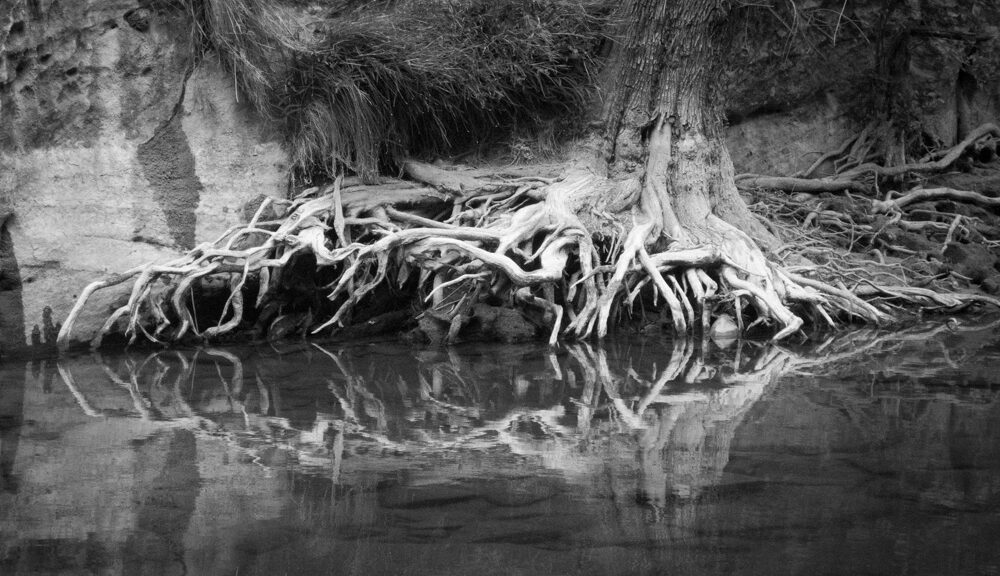
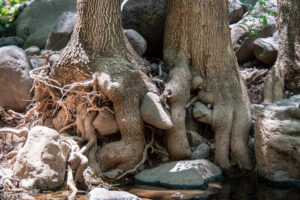 This pair is clinging to the edge of Thompson Creek in Oak Creek Canyon just north of Sedona, AZ. This is a creek prone to different water heights depending on the time of year, amount of snow in higher elevations, monsoon amounts, etc.
This pair is clinging to the edge of Thompson Creek in Oak Creek Canyon just north of Sedona, AZ. This is a creek prone to different water heights depending on the time of year, amount of snow in higher elevations, monsoon amounts, etc.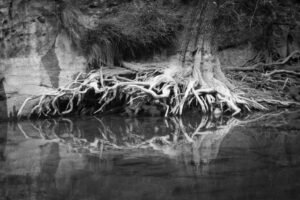 This tree can be found in East Clear Creek near Williams, AZ. Again prone to different water levels. I’ve seen these roots completely submerged as often as I’ve seen them dry.
This tree can be found in East Clear Creek near Williams, AZ. Again prone to different water levels. I’ve seen these roots completely submerged as often as I’ve seen them dry.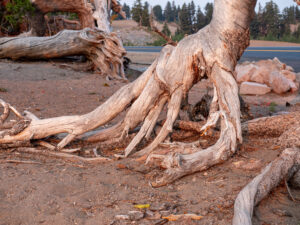
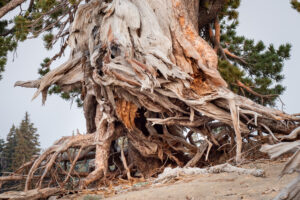
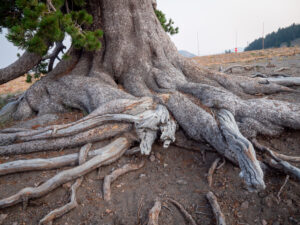
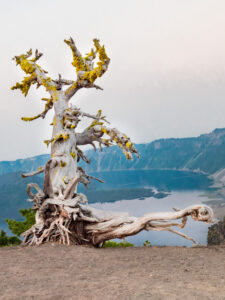
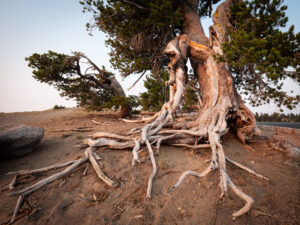
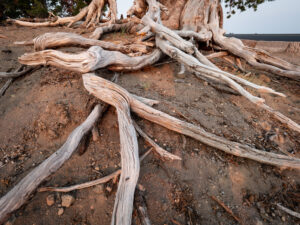
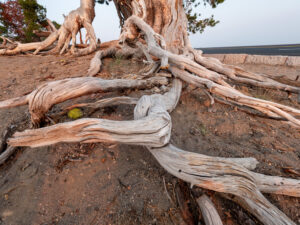
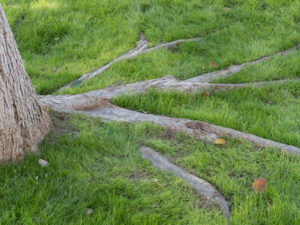 This tree was found outside of a school in Phoenix, AZ.
This tree was found outside of a school in Phoenix, AZ.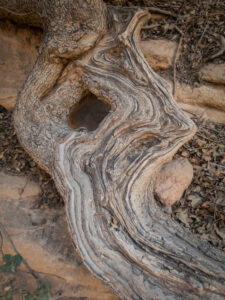

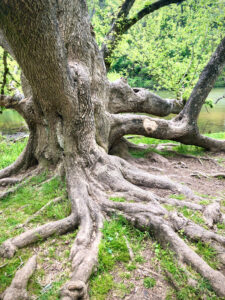 This tree is near Asheville, NC. You can see the small lake right behind it.
This tree is near Asheville, NC. You can see the small lake right behind it.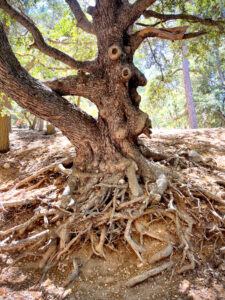 This crazy thing was found at Tehachapi Mountain Park in the hills outside of Bakersfield, CA.
This crazy thing was found at Tehachapi Mountain Park in the hills outside of Bakersfield, CA.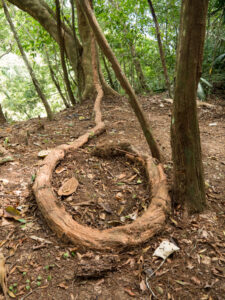 This root was found in the jungle near Gamboa, Panama. I’m honestly not sure if this is a tree root or from some sort of plant.
This root was found in the jungle near Gamboa, Panama. I’m honestly not sure if this is a tree root or from some sort of plant.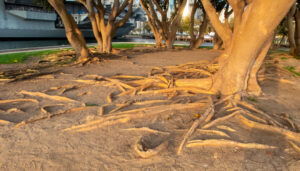
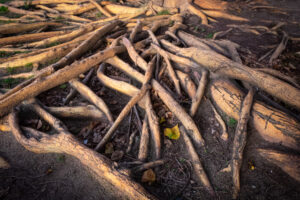
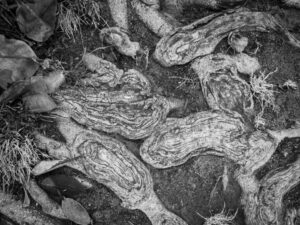 And finally, this set of what looks like smashed lizards or salamanders was also found in San Diego.
And finally, this set of what looks like smashed lizards or salamanders was also found in San Diego.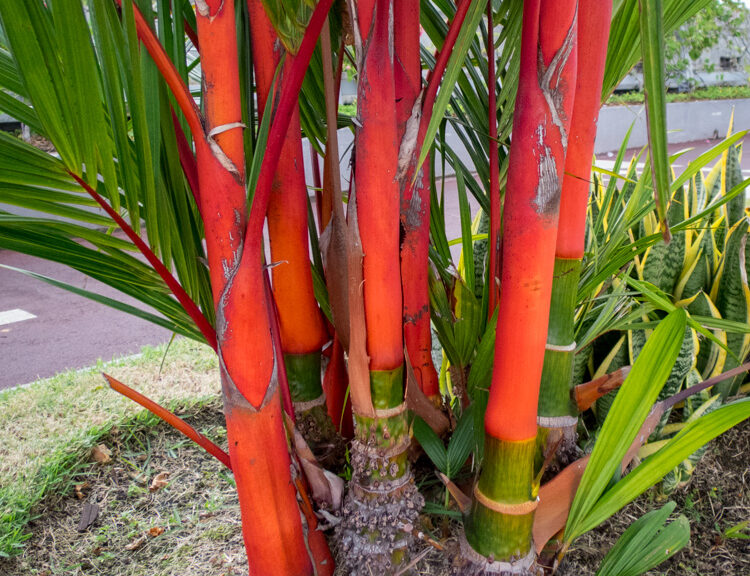
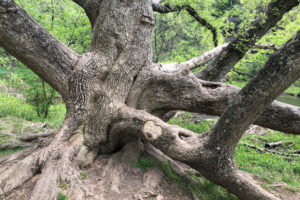 I can’t tell if this one has one trunk or several sprouting from the one. Or are they just very large branches…?
I can’t tell if this one has one trunk or several sprouting from the one. Or are they just very large branches…?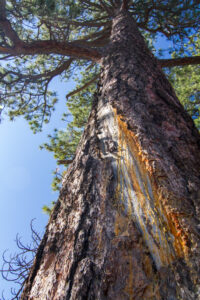 This Ponderosa pine was hit by lightning.
This Ponderosa pine was hit by lightning.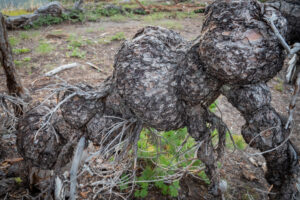 I can’t even begin to explain what happened to this tree.
I can’t even begin to explain what happened to this tree.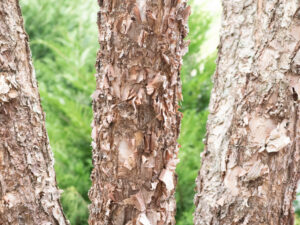
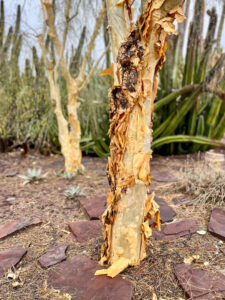
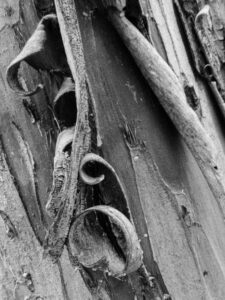
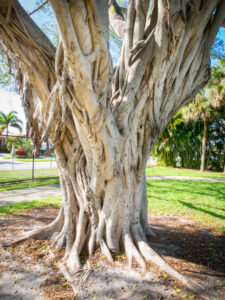 A Banyon type tree.
A Banyon type tree.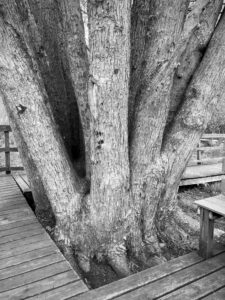 What the…?!? Several…trunks?
What the…?!? Several…trunks?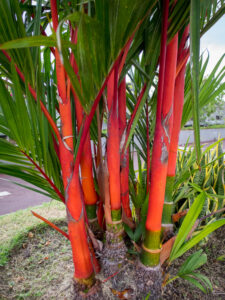 Colorful palm tree trunks.
Colorful palm tree trunks.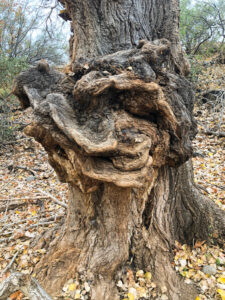 Yikes! Is this tree OK??
Yikes! Is this tree OK??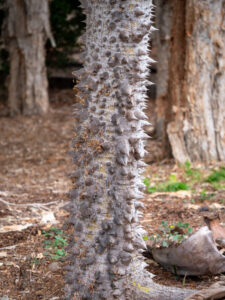 A clever yet natural way to keep things from climbing up this tree.
A clever yet natural way to keep things from climbing up this tree.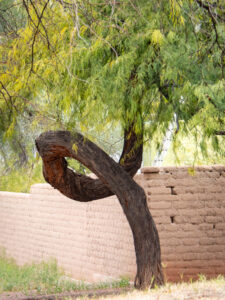 A tree trunk that seems to have had some trouble heading in the right direction.
A tree trunk that seems to have had some trouble heading in the right direction.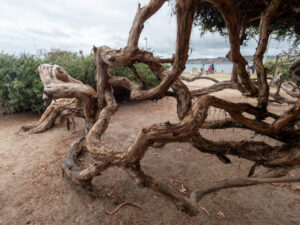 Some crazy trunks in San Diego.
Some crazy trunks in San Diego.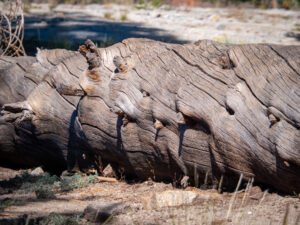
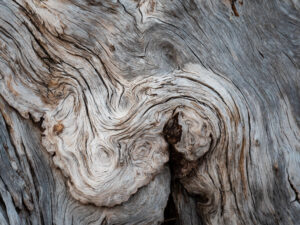
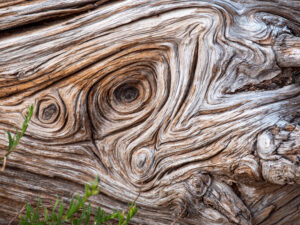
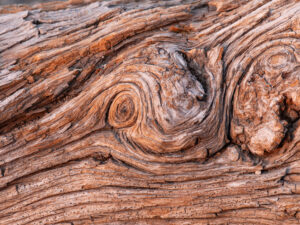
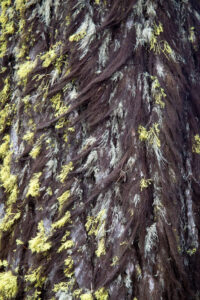
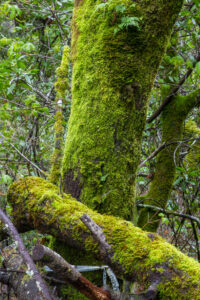


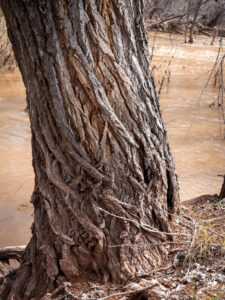
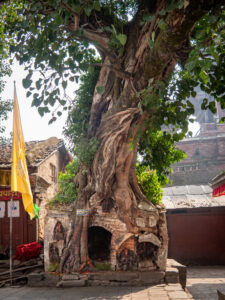 This tree was turned into a shrine of sorts in Dubar Square in Kathmandu.
This tree was turned into a shrine of sorts in Dubar Square in Kathmandu.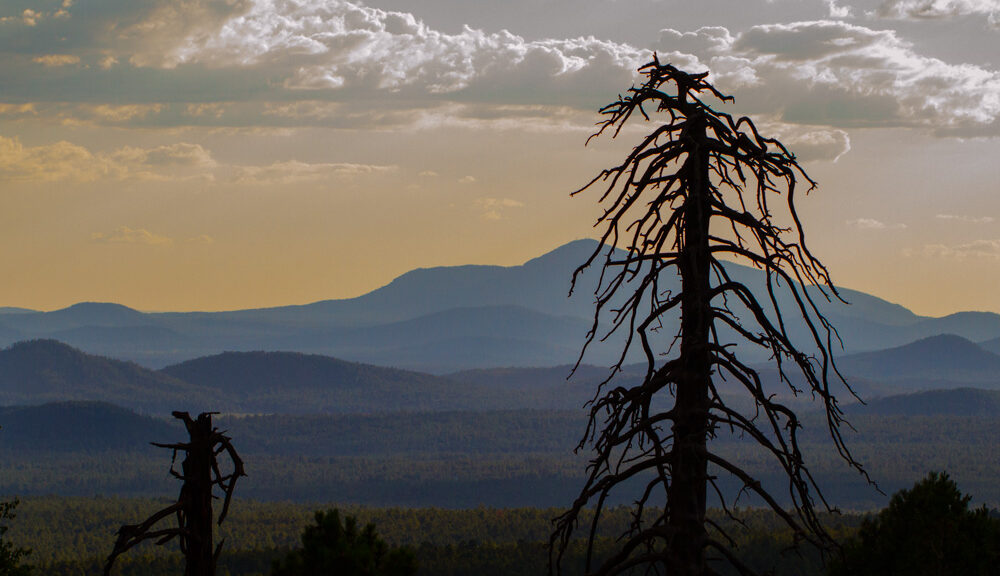
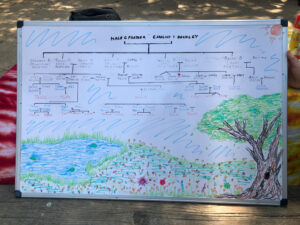 The structure of a tree is used to keep track of families.
The structure of a tree is used to keep track of families.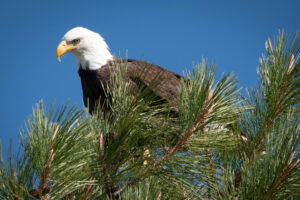 They house wildlife.
They house wildlife.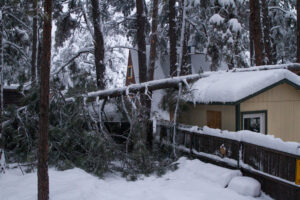 They break and land on houses in extreme weather events.
They break and land on houses in extreme weather events.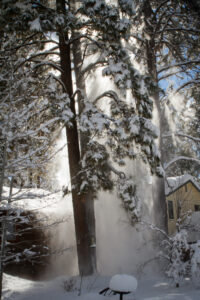 The Ponderosa Pine Trees like to collect snow during a storm and then, as the air warms, drop it in clumps onto the ground or to house roofs with a sometimes alarming thud.
The Ponderosa Pine Trees like to collect snow during a storm and then, as the air warms, drop it in clumps onto the ground or to house roofs with a sometimes alarming thud.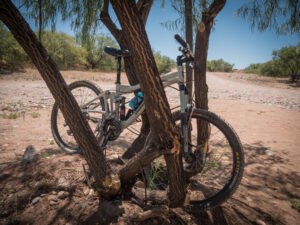 I used this tree as a bike rack. I locked my bike to it after using it as a shuttle vehicle for a Verde River float.
I used this tree as a bike rack. I locked my bike to it after using it as a shuttle vehicle for a Verde River float. Palm trees grow randomly on beaches from dropped coconuts.
Palm trees grow randomly on beaches from dropped coconuts. They can be used as posts for hammocks.
They can be used as posts for hammocks.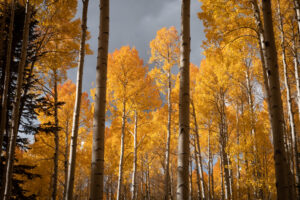 They change color!!
They change color!! They don’t live forever. But some seem to.
They don’t live forever. But some seem to.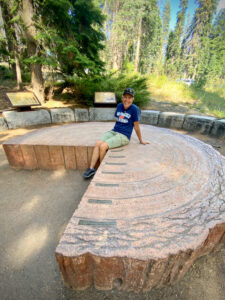 Yosemite National Park has a few Giant Sequoia groves. And by groves I mean maybe 8-10 trees in an area. Also known as the giant redwood or Sierra redwood can be found naturally only in groves on the western slopes of the Sierra Nevada mountain range of California.
Yosemite National Park has a few Giant Sequoia groves. And by groves I mean maybe 8-10 trees in an area. Also known as the giant redwood or Sierra redwood can be found naturally only in groves on the western slopes of the Sierra Nevada mountain range of California. 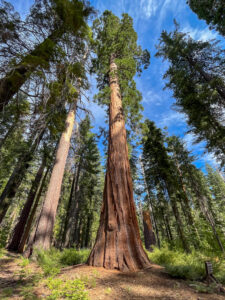
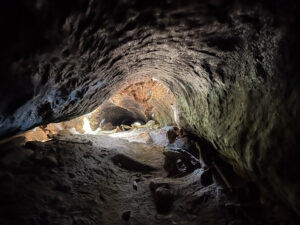 I crouched to get through this one that was lying on its side.
I crouched to get through this one that was lying on its side.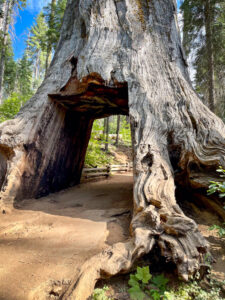 There was a sign with a picture of a stagecoach driving through this one.
There was a sign with a picture of a stagecoach driving through this one.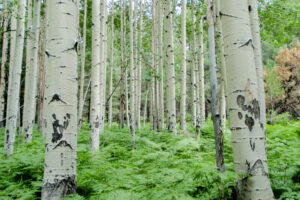 Most aspens grow in large clonal colonies, derived from a single seedling, and spread by means of root suckers. New stems in the colony may appear from 100–130 ft from the parent tree. Each individual tree can live for 40–150 years above ground, but the root system of the colony is long-lived. In some cases, this is for thousands of years, sending up new trunks as the older trunks die off above ground. There is a colony in Utah that has been estimated to be as old as 80,000 years. Some aspen colonies become very large with time, spreading about 3 ft per year, eventually covering many hectares. They are able to survive forest fires, because the roots are below the heat of the fire, and new sprouts appear after the fire burns out. Given their clonal nature, Aspen groves are believed to be the largest living organism on the planet.
Most aspens grow in large clonal colonies, derived from a single seedling, and spread by means of root suckers. New stems in the colony may appear from 100–130 ft from the parent tree. Each individual tree can live for 40–150 years above ground, but the root system of the colony is long-lived. In some cases, this is for thousands of years, sending up new trunks as the older trunks die off above ground. There is a colony in Utah that has been estimated to be as old as 80,000 years. Some aspen colonies become very large with time, spreading about 3 ft per year, eventually covering many hectares. They are able to survive forest fires, because the roots are below the heat of the fire, and new sprouts appear after the fire burns out. Given their clonal nature, Aspen groves are believed to be the largest living organism on the planet.
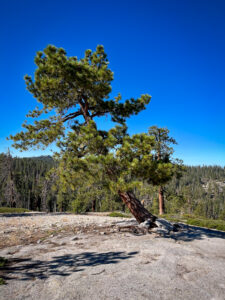
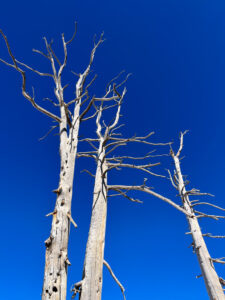 It’s just a cool shot. Dead trees, blue sky…
It’s just a cool shot. Dead trees, blue sky…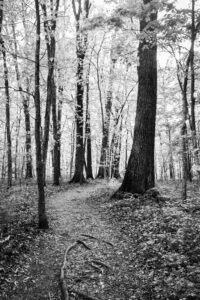 This path through Henry Horton State Park in Tennessee is a beautiful walk among the trees.
This path through Henry Horton State Park in Tennessee is a beautiful walk among the trees.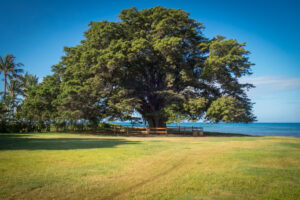 A banyan is a fig tree that develops accessory trunks from aerial prop roots, allowing the tree to spread outwards indefinitely. These roots mature into thick, woody trunks, which can become indistinguishable from the primary trunk with age. These aerial roots can become very numerous. The Kolcatta (Calcutta) Banyan, which has been tracked carefully for many years, currently has 2,880 supplementary trunks. Such prop roots can be sixty feet in height. Old trees can spread laterally by using these prop roots to grow over a wide area. In some species, the prop roots develop over a considerable area that resembles a grove of trees, with every trunk connected directly or indirectly to the primary trunk.
A banyan is a fig tree that develops accessory trunks from aerial prop roots, allowing the tree to spread outwards indefinitely. These roots mature into thick, woody trunks, which can become indistinguishable from the primary trunk with age. These aerial roots can become very numerous. The Kolcatta (Calcutta) Banyan, which has been tracked carefully for many years, currently has 2,880 supplementary trunks. Such prop roots can be sixty feet in height. Old trees can spread laterally by using these prop roots to grow over a wide area. In some species, the prop roots develop over a considerable area that resembles a grove of trees, with every trunk connected directly or indirectly to the primary trunk. 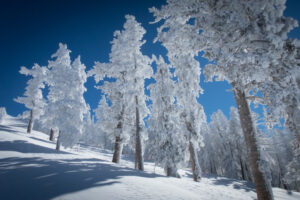 I’ll end with snow and ice-encased Ponderosa pine trees on the San Francisco Peaks in Flagstaff.
I’ll end with snow and ice-encased Ponderosa pine trees on the San Francisco Peaks in Flagstaff.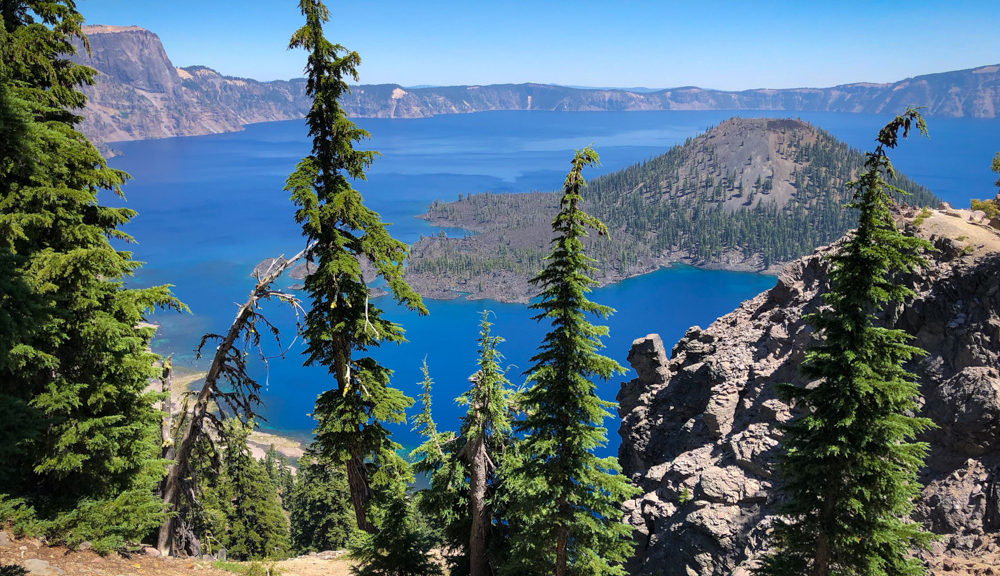














 Heading off on the little wildflower hike with our fearless leader.
Heading off on the little wildflower hike with our fearless leader.





 I got some great silhouettes as our photographers attempted to capture images of the lake.
I got some great silhouettes as our photographers attempted to capture images of the lake.

 We kept driving by these poles all over the park. Apparently, they are snow poles so you can see where the road is when it snows! Imagine that much snow!! Hence why the park closes for winter.
We kept driving by these poles all over the park. Apparently, they are snow poles so you can see where the road is when it snows! Imagine that much snow!! Hence why the park closes for winter. Faces were everywhere.
Faces were everywhere. This tree looked like it was growing a fur coat for winter. One side had dark hairy looking moss and the other side bright green.
This tree looked like it was growing a fur coat for winter. One side had dark hairy looking moss and the other side bright green. In this area of the park orange and white pumice were everywhere. It’s always interesting to me to see where plants take root.
In this area of the park orange and white pumice were everywhere. It’s always interesting to me to see where plants take root.


